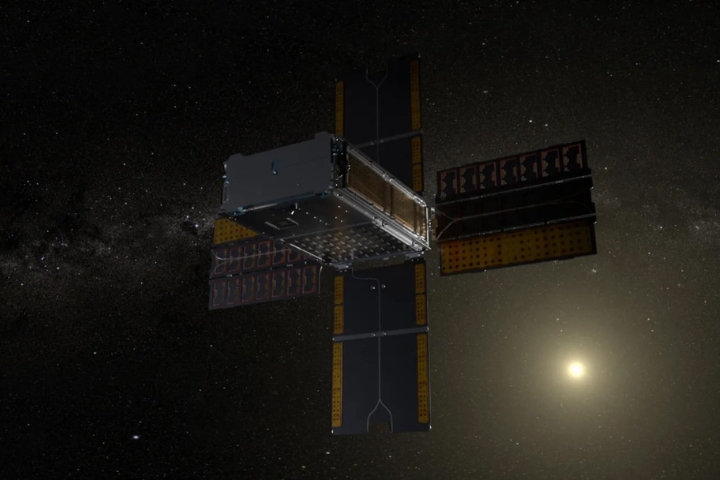NASA’s BioSentinel satellite has been actively studying the effects of space radiation, recently capturing critical data during a major geomagnetic storm that occurred in May 2024. As part of its mission to explore the challenges posed by deep-space environments, BioSentinel measured the radiation levels experienced beyond Earth’s protective magnetic field. This research is essential for preparing future astronauts for long-duration missions to the Moon and Mars, where they will encounter higher radiation levels.
The Importance of Studying Space Radiation
Understanding space radiation is crucial as NASA prepares for upcoming crewed missions. The data collected by BioSentinel during the geomagnetic storm will contribute to a better understanding of how solar events affect radiation levels in deep space, providing insights into potential health risks for astronauts.
Launched in November 2022 aboard Artemis I, BioSentinel is equipped with advanced instruments designed to measure both biological responses and radiation exposure. The satellite aims to gather data on how organisms, specifically yeast, respond to long-term exposure to space radiation, which is vital for assessing risks associated with human exploration beyond low Earth orbit.
Insights from the May 2024 Geomagnetic Storm
During the geomagnetic storm, which produced stunning auroras on Earth, BioSentinel successfully collected data that indicated only moderate increases in hazardous solar particles. This information is significant as it helps scientists understand how such storms propagate through space and their potential impacts on life beyond Earth’s atmosphere.
A constant reminder of the invisible forces guiding our solar system is provided by the magnificent auroras that light up the night sky. Missions such as BioSentinel provide vital data that NASA and its partners need to further understand space habitats. This research contributes to our understanding of solar radiation and helps ensure the success and safety of future human space missions.




GIPHY App Key not set. Please check settings